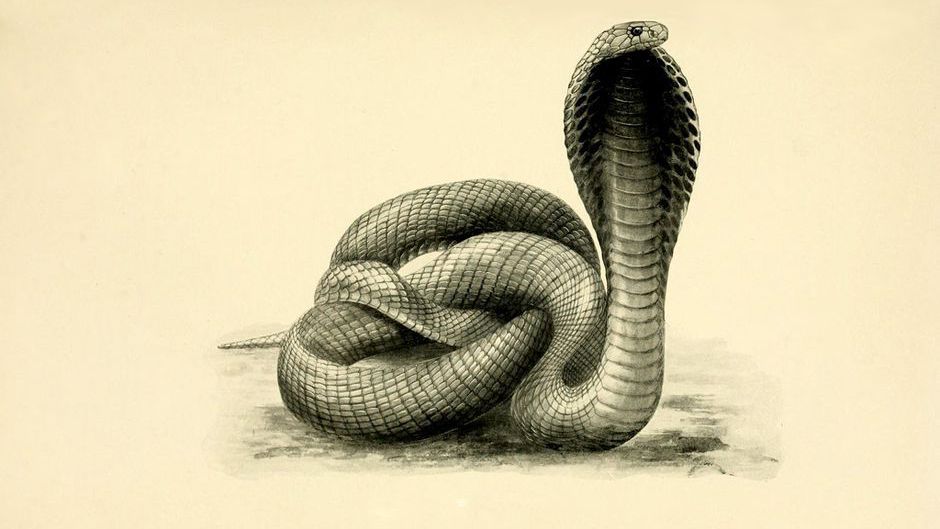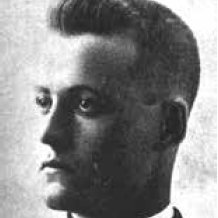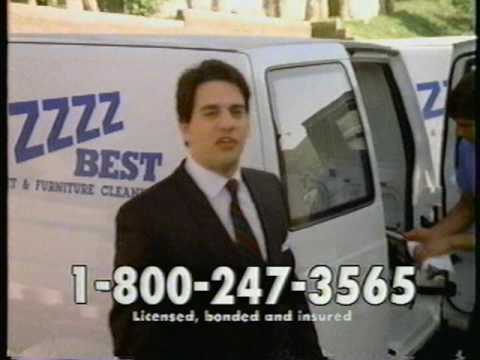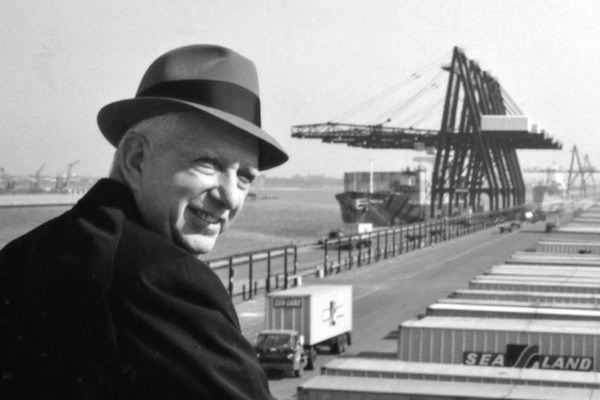
One young entrepreneur transformed his family's failing neighborhood market into an international food empire.
He turned a $615 investment into a fortune of over $3 billion.
Who's up for a story?
👇👇👇
He turned a $615 investment into a fortune of over $3 billion.
Who's up for a story?
👇👇👇

1/ James Leprino was born in 1938 in Denver, Colorado.
Mike Leprino Sr., James' father, had emigrated from Italy to the United States in 1914 at the age of 16.
He had very little understanding of English, but food was always in his blood, so the elder Leprino began farming.
Mike Leprino Sr., James' father, had emigrated from Italy to the United States in 1914 at the age of 16.
He had very little understanding of English, but food was always in his blood, so the elder Leprino began farming.
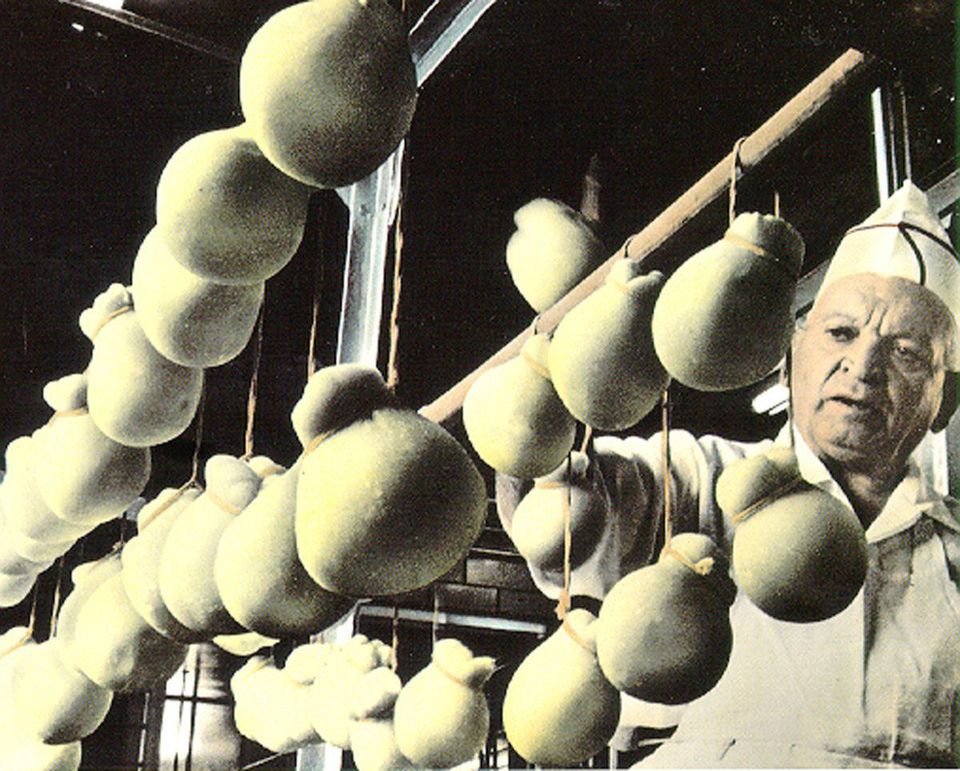
2/ By 1950, Mike Leprino Sr. was able to open a small market in Denver's Little Italy neighborhood.
So it was that Leprino Foods was born.
Beginning with fresh produce, the market quickly expanded to offer authentic Italian specialties for its largely Italian clientele.
So it was that Leprino Foods was born.
Beginning with fresh produce, the market quickly expanded to offer authentic Italian specialties for its largely Italian clientele.
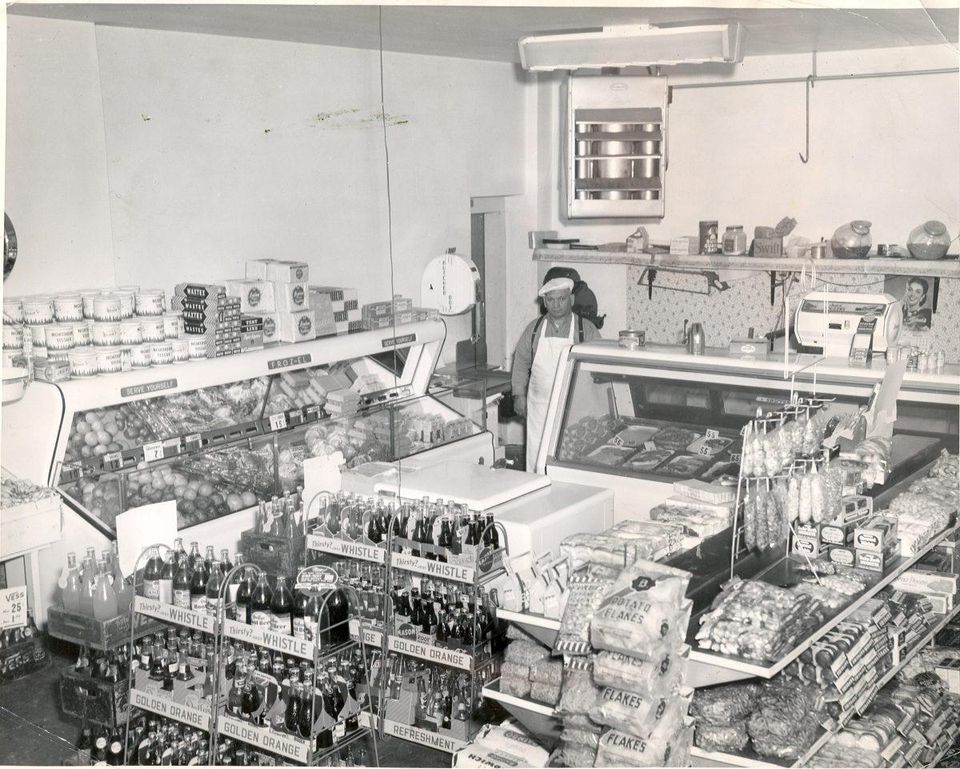
3/ Upon graduating from high school in 1956, James Leprino went to work at Leprino Foods.
He quickly realized that the small neighborhood market was exposed to challenging headwinds. Large grocery chains were pressuring their business.
But James Leprino had a big idea.
He quickly realized that the small neighborhood market was exposed to challenging headwinds. Large grocery chains were pressuring their business.
But James Leprino had a big idea.
4/ Seeing the explosion of pizzerias nationwide, James Leprino decided to become an "arms dealer," selling large volumes of cheese directly to the pizzerias.
When their market was forced to close in 1958, James Leprino put savings of $615 into attacking this new opportunity.
When their market was forced to close in 1958, James Leprino put savings of $615 into attacking this new opportunity.

5/ His timing was fortuitous.
Several large pizza chains, including Pizza Hut and Domino's, were all beginning their nationwide expansion.
With the new strategy, rather than selling to individual customers, Leprino Foods would be selling to businesses. Big businesses.
Several large pizza chains, including Pizza Hut and Domino's, were all beginning their nationwide expansion.
With the new strategy, rather than selling to individual customers, Leprino Foods would be selling to businesses. Big businesses.
6/ In 1968, Leprino Foods had a big opportunity.
As pizza chains sought to expand in a competitive market, they had to focus on costs.
Seeing that their standard method of shredding cheese was inefficient, James Leprino offered an alternative.
Pre-sliced frozen cheese blocks.
As pizza chains sought to expand in a competitive market, they had to focus on costs.
Seeing that their standard method of shredding cheese was inefficient, James Leprino offered an alternative.
Pre-sliced frozen cheese blocks.
7/ It was with this innovation that Leprino Foods won its first large customer: Pizza Hut.
As Pizza Hut continued its rapid expansion, Leprino Foods followed.
By the 1970s, Leprino Foods was shipping 2 million pounds of cheese per week and doing so with ruthless efficiency.
As Pizza Hut continued its rapid expansion, Leprino Foods followed.
By the 1970s, Leprino Foods was shipping 2 million pounds of cheese per week and doing so with ruthless efficiency.
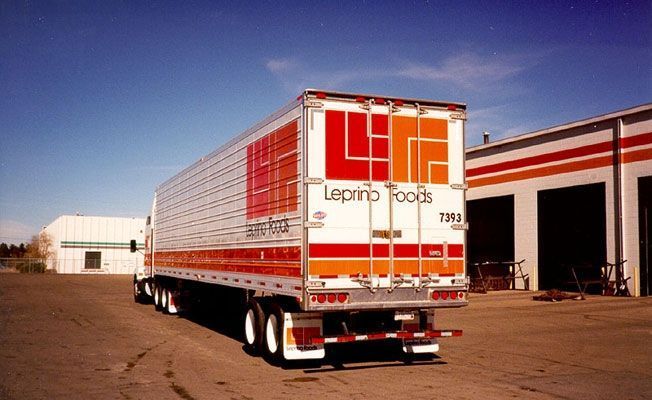
8/ As they scaled, James Leprino struck clever deals with dairy suppliers, locking in attractive rates and ensuring access to increasing quantities of his company's lifeblood.
He also innovated, launching the frozen portion packs that became standard as chains looked to scale.
He also innovated, launching the frozen portion packs that became standard as chains looked to scale.
9/ By the 1990s, Leprino Foods was the supplier of cheese for almost all of the major pizza chains, including Domino's, Papa John's, Pizza Hut, and Little Caesars.
The scale of Leprino Foods became a competitive advantage, allowing him to offer the best prices to his customers.
The scale of Leprino Foods became a competitive advantage, allowing him to offer the best prices to his customers.
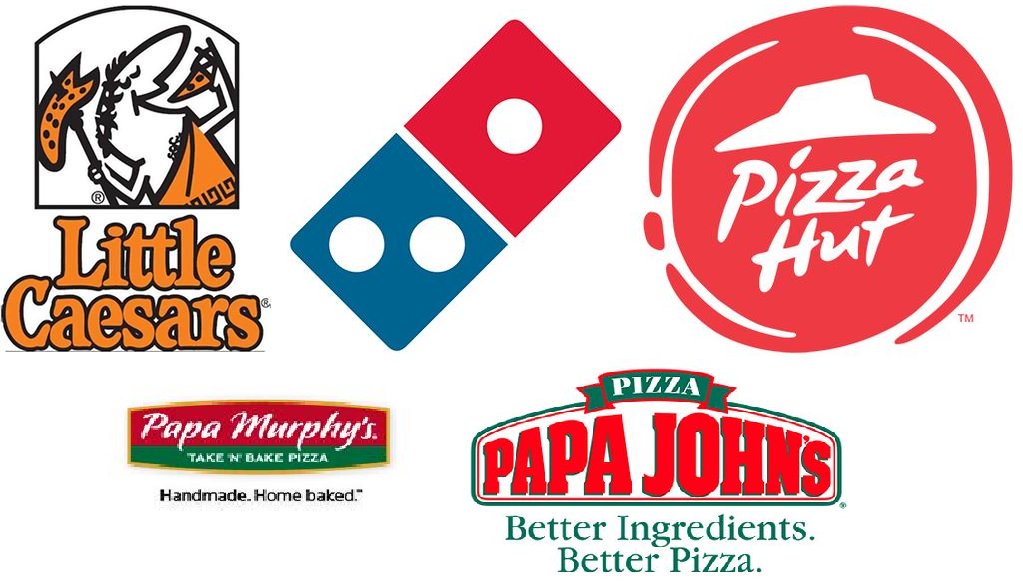
10/ Success begat success for Leprino Foods.
Today, the business sells 1 billion pounds of cheese per year, generates over $3 billion in revenue, and controls ~85% of the pizza cheese market.
James Leprino remains its sole owner, with Forbes pegging his net worth at $3 billion.
Today, the business sells 1 billion pounds of cheese per year, generates over $3 billion in revenue, and controls ~85% of the pizza cheese market.
James Leprino remains its sole owner, with Forbes pegging his net worth at $3 billion.

11/ So the next time you are chomping on a delicious, reasonably-priced slice of pizza from your favorite chain (looking at you @APompliano!), tip a hat to James Leprino, @LeprinoFoodsCO, and this incredible American success story.
12/ Special thank you to @chloesorvino from @Forbes, whose incredible piece below was the inspiration and basis for this thread. Chloe does amazing work and is worth a follow!
There is so much more to this story, so I highly recommend you check it out. forbes.com/sites/chloesor…
There is so much more to this story, so I highly recommend you check it out. forbes.com/sites/chloesor…
13/ And for more educational threads on business, finance, money, and economics, check out my meta-thread below!
https://twitter.com/SahilBloom/status/1284583099775324161
• • •
Missing some Tweet in this thread? You can try to
force a refresh


